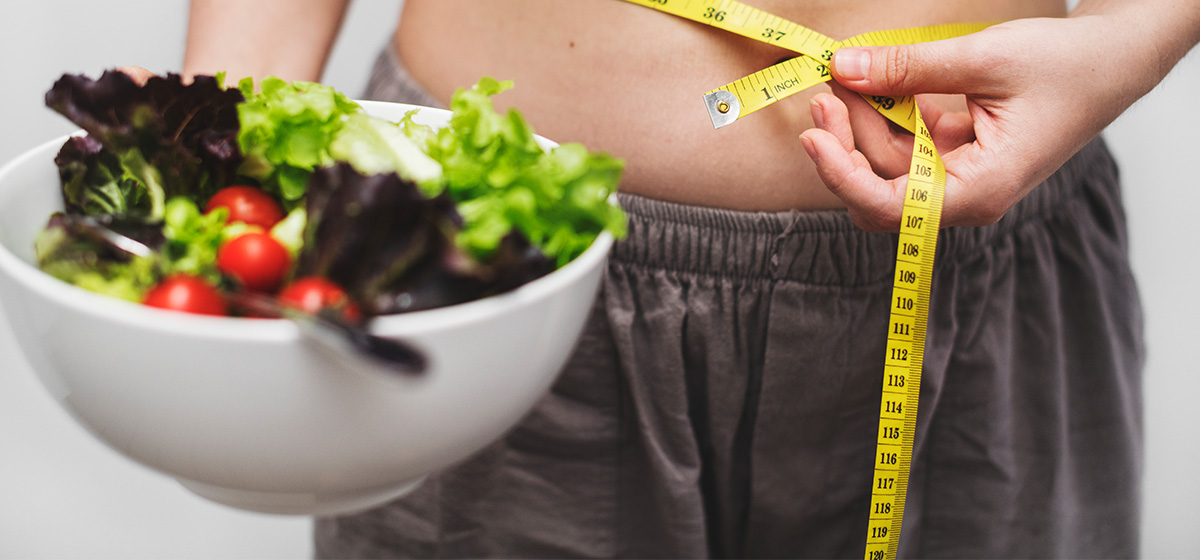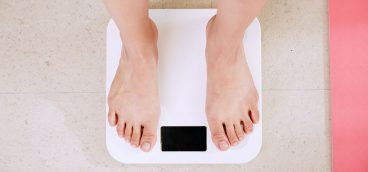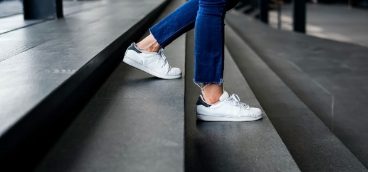Fit Facts: Hard Truths about Diet and Exercise

Question: “There’s so much information available about dieting and exercise. I’m not sure what to believe. How do I separate fact from fiction?
I feel your pain! There is an enormous amount of material available through workout videos, diet and exercise books, health club promotions, fitness equipment companies and the internet. Sifting through information can be intimidating and confusing.
Ironically, the so-called “fitness revolution” may have unintentionally contributed to the problem; there is a lot of money to be made in the exercise and diet industry. Americans spend more than $60 billion annually on exercise, diet and weight loss products in efforts to shape up and trim down, yet more than 90 million American men and women are technically classified as obese by the Centers for Disease Control and Prevention (CDC). In addition, according to the New England Journal of Medicine, the United States also has the highest level of obesity in children and young adults among the world’s 20 largest countries.
Something is not working! The reason, I believe, is obvious. While some of that information is factual and science-based, a large portion is not. Let’s examine a few of the most common misconceptions, or “myths,” associated with exercise, diet and weight management.
Myth #1: Exercise has to hurt (“no pain, no gain”) to be beneficial
Your goals and expected outcomes will determine how hard and how often you must exercise. Granted, exercise intensity is an important factor when training for peak athletic performance, such as an elite distance runner or a competitive soccer player. The human body will gradually adapt to the physical stress placed upon it, so the elite athlete must train harder than the average person to achieve higher levels of sport specific fitness. With respect to overall health and wellbeing, for most people, the intensity of exercise is not nearly as important as the frequency of exercise. An overwhelming body of research suggests that virtually any type of moderately intense physical activity performed for 30 or more minutes per day can significantly lower the risk of death from heart disease, cancer and other health-related causes. The exercise does not even have be continuous. Ten minutes here, 15 minutes there, just so it totals 30 minutes or more of brisk physical activity. Walking, jogging, gardening, climbing stairs and mowing the lawn all fit the bill. The risk of heart disease, diabetes and cancer is reduced even further as the amount and intensity of exercise increases.
Myth #2: It’s possible to melt away fat (“spot reduce”) in specific areas of the body
The concept of spot reducing is based on the belief that we can target specific areas of the body for fat loss. Advocates base their claims in part on the premise that exercising a specific muscle group, such as your abs, will burn away the fat surrounding those muscles. A variety devices and exercise programs claiming to do just that have been successfully marketed through television informercials and the internet. Some of the more notable examples are heat belts that claim to sweat away excess weight around the midsection and roller machines that propose to massage and break up fat so it will disperse from the area. Suffice to say, none of these devices or methods do what they are advertised to do, and some may even be dangerous if used in excess. While such claims may sound appealing and somewhat believable, it simply does not work that way.
In reality, research suggests that fat is mobilized equally from all areas of the body during exercise, possibly a bit more so from areas of the greatest fat stores. What this means, in short, is that you cannot choose where you will lose body fat. Your body makes the decision! It is possible, however, to decrease overall level of body fat by burning more calories than you consume over time. If, during the same period, you tone and strengthen muscles in specific areas of the body, then the combined effect of decreasing body fat stores while strengthening muscles in those problem areas can provide you with a more defined “spot tone” look.
Myth #3: To become stronger and develop bigger muscles, you must consume huge amounts of protein
The benefits of protein supplementation have been greatly exaggerated. While it is true that dietary protein plays an important role in the growth and repair of cells, excessive protein intake is of no significant benefit and, in some cases, may be harmful. Consuming large amounts of protein will not transform small, soft muscles into larger, stronger, well-defined muscles. Only a properly designed resistance (weight) training program will do that. I can state with confidence that, for most people, the typical American diet provides more than enough protein to meet increased demands due to exercise. In addition, high quality protein need not come only from animal sources. Consider the fact that Bill Pearl, five-time winner of the Mr. Universe contest and named “World’s Best Built Man of the Century,” is a vegetarian.
Myth #4: When exercising to lose weight, if it isn’t aerobic, it isn’t worth doing
Most people connect calorie-burning aerobic activity such as walking, biking and jogging with efforts to lose weight. However, we can also condition the body to burn calories by adding lean muscle to our frame through weight (resistance) training. Muscle tissue requires extra calories just to maintain it, so adding muscle can increase our resting metabolic rate. The elevated metabolism enables us to burn additional calories even when at rest — 60 minutes an hour, 24 hours a day. The extra energy burn, although relatively small, can be the difference between gaining several pounds of fat over the course of a year or maintaining normal weight.
Myth #5: Muscles will gradually turn to fat if not exercised
This commonly held belief is no doubt based on the perception of the young, lean, muscular athlete who gradually evolves into a soft, puggy, middle-aged has-been once the playing days are over. On the surface, it appears those once strong and well-defined muscles have turned into fat. In truth, that is not the case. Muscle cells and fat (adipose) cells are two distinctly different tissues, and one cannot magically transform into the other. While it is true that muscles will atrophy and become smaller due to a lack of exercise, they do not change into fat cells. It is the gradual accumulation of excess body fat coupled with smaller, softer, unexercised muscles that creates the visual perception of muscles turning to fat.
Myth #6: Wearing an exercise suit of vinyl or rubber will make you sweat more and speed up fat loss
Rubber or vinyl exercise belts, vests and body suits designed to “sweat it off” have been successfully marketed over the years as aids for speeding up fat loss. Although wearing such gear will cause you to sweat more than normal and increase fluid loss, it does not speed up fat loss. It may, however, lead to serious health issues such as dehydration and heat stroke because the “sweat suits” prevent the body’s built-in cooling mechanism — evaporation of sweat — from working properly. In the final analysis, it is the number of calories burned during exercise and not how much fluid you lose through sweating that has a direct impact how much fat you will ultimately lose.
I’ve touched briefly on just a few of the myths and misconceptions that regularly circulate though the popular fitness media. There are many more! When it comes to your personal exercise, diet and weight management decisions, it is important to seek and identify information that is factual, science-based and offered by reputable organizations such as the Centers of Disease Control (CDC), the Cooper Aerobic Center and the American College of Sports Medicine (ACSM).




